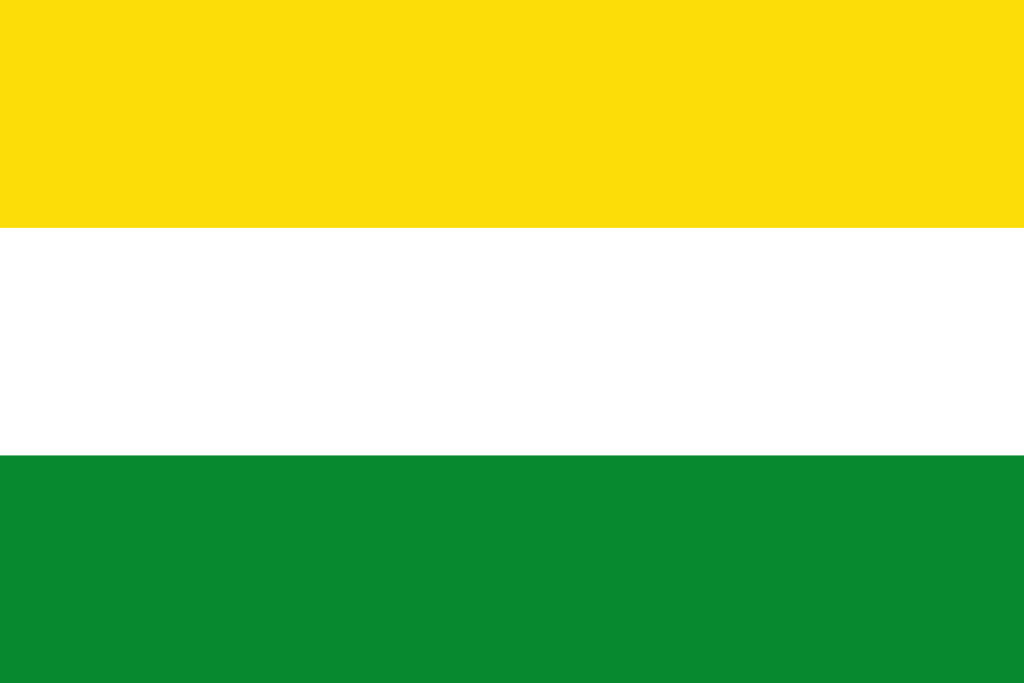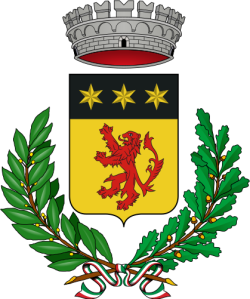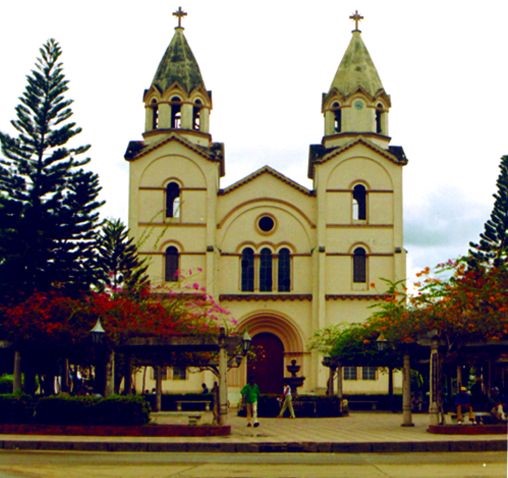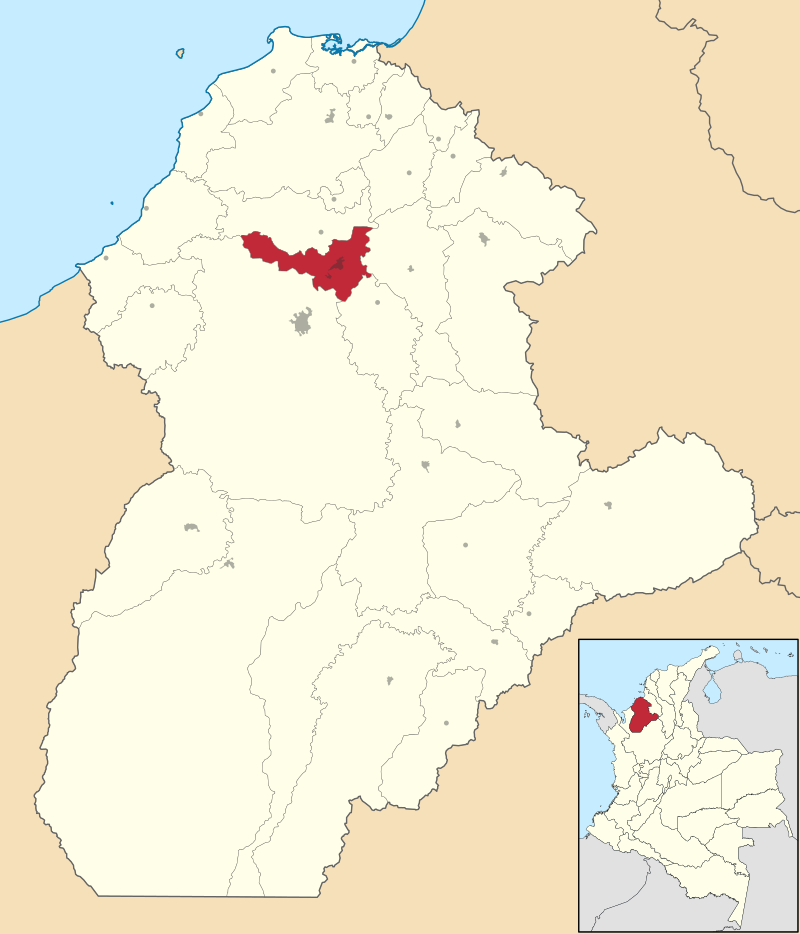CERETE
Department
Cordoba, Colombia

Flag of the city
The flag of the city has three colors which are yellow, white, and green.

Seal of the city

Slogan of the city
The city does not have a specific slogan. However, it can be said that it exists on the slogan of the department of Cordoba which is “All things were made by him” This statement implies that God is the creator of every creatures. The slogan is a reflection of faith, religion, and belief.
History

Cereté stands as one of the longstanding administrative entities in the Sinú Region, its roots tracing back to 1721 when it was founded by the Spanish pioneers Francisco Velásquez and Cristóbal Jiménez de León. The ecclesiastical oversight of Cereté-Mocarí was entrusted to the Jesuits in 1731, marking a phase of their dedicated efforts in evangelizing the indigenous communities of the region. It wasn’t until 1740 that the formal establishment of the settlement of Cereté took place, meticulously organized into a village under the direction of Juan de Torrezal Díaz Pimienta. This pivotal moment solidified Cereté’s presence on the historical map, shaping its trajectory as a vibrant and enduring community.
Geography of the city
The municipality of Cereté shares its boundaries, spanning 351.8 km², with San Pelayo to the north, Ciénaga de Oro and San Carlos to the east, and San Carlos and Montería to the south. To the west, it borders again with San Pelayo and Montería. Situated at an average elevation of 12 meters above sea level, Cereté experiences a tropical climate, with an annual average temperature of 28 °C. The town is strategically positioned approximately 18 km from Montería, the capital of Cordoba Department. A notable geographical feature is the Caño Bugre (Bugre Stream), a tributary of the Sinú River, coursing through Cereté. In the past, the Bugre Stream served as a navigable waterway, fostering connections with neighboring river towns like Puerto Wilches and San Pelayo.

Etymology
The origin of the name “Cartagena” can be traced back through its linguistic roots. It is derived from the Spanish word “Cartagena,” which, in turn, finds its roots in Latin as “Carthāgō Nova,” meaning “New Carthage.” The Latin name itself has ties to the ancient Phoenician language, specifically the word “qrt-ḥdšt”, which translates to “Carthage” and can be literally interpreted as “New City.”
This etymological journey highlights the historical connections between Cartagena and the ancient city of Carthage, reflecting the city’s rich past and its role as a significant coastal settlement in Latin America.
Population
Municipality and town – 108,409 (2020)
Urban – 60,220 (2020)
One photo representative of the city

Etymology
The name “Cereté” has its origins deeply rooted in indigenous languages, reflecting the rich linguistic tapestry of the region. The etymology of Cereté stems from two indigenous words: “Chere,” meaning fish, and “te,” signifying shelter. Combined, these words give rise to the name Cereté, evoking the image of a place characterized by its association with fish and providing a shelter or refuge. This etymological composition not only encapsulates the natural elements found in the region, particularly aquatic life, but also suggests a sense of sanctuary or dwelling—a testament to the cultural and environmental significance embedded in the name Cereté.
What the city is known or famous for

Cereté is firmly rooted in the sectors of cattle raising and agriculture, shaping a distinctive profile for this Colombian municipality. Over 270 km² of the local terrain is dedicated to cattle raising, underscoring the significance of livestock in the regional economy. Agriculture plays a pivotal role in Cereté’s prosperity, with expansive cultivations extending across 80 km². Notably, the cultivation of cotton, affectionately referred to as the “white gold,” stands out as a hallmark of Cereté’s agricultural prowess. This cotton cultivation, a historical and economic cornerstone, has earned its moniker due to the valuable and versatile nature of the crop. Sorghum, another key agricultural product, further diversifies Cereté’s farming activities. The cultivation of sorghum adds depth to the municipality’s agricultural portfolio, contributing to its economic resilience and ensuring a varied array of locally produced goods.
